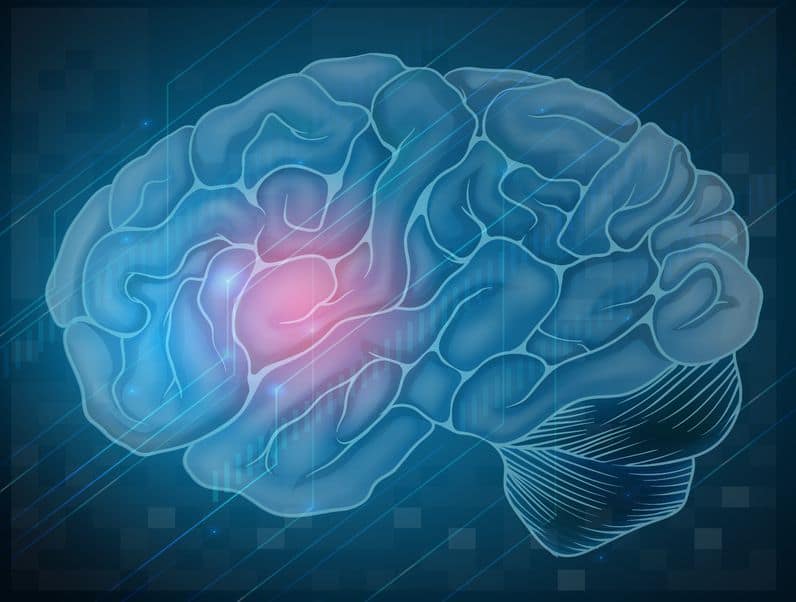

SIGNS OF STROKE
Did you know that having a stroke is the fifth leading cause of death in the United States? Maybe you’ve had a family member or you have seen someone on television suffer from a stroke but do you know what it is or the warning signs?
What is a stroke?
A stroke is a “brain attack”. Although it is more common for women over the age of 55 it can happen to anyone at any time. It occurs when blood flow to an area of brain is cut off. When this happens, brain cells are deprived of oxygen and begin to die. When brain cells die during a stroke, abilities controlled by that area of the brain such as memory and muscle control are lost. How a person is affected by their stroke depends on where the stroke occurs in the brain and how much the brain is damaged. For example, someone who had a small stroke may only have minor problems such as temporary weakness of an arm or leg. People who have larger strokes may be permanently paralyzed on one side of their body or lose their ability to speak. Some people recover completely from strokes, but more than 2/3 of survivors will have some type of disability. Having a stroke is the leading cause of adult disability in the United States.
Signs of a Stroke
The American Stroke Association uses the acronym “F.A.S.T.” to spot the warning signs of someone having a stroke.
F- Face Drooping: Does one side of the face droop or is it numb? Ask the person to smile. Is it uneven?
A- Arm Weakness: Is one arm weak or numb? Ask the person to raise both arms. Does one arm drift downward?
S- Speech Difficulty: Is the speech slurred? Is the person unable to speak or hard to understand? Ask the person to repeat a simple sentence and see if it is repeated correctly.
T- Time to call 911: If someone is showing signs of these symptoms call 911 or get to the hospital immediately. Check the time so you know when the symptoms appeared.
Some other symptoms may include: Numbness of face, arm or leg. Confusion. Trouble seeing in one or both eyes. Trouble walking, loss of balance or coordination. Sudden severe headaches.
Prevention
Luckily, up to 80% of strokes can be prevented.
The first step to preventing a stroke is to identify conditions that can increase your risk of stroke such as heredity, high blood pressure, heart disease, high cholesterol, sleep apnea, diabetes, hormones and circulation problems. All of these factors can be discussed with your health care professional.
But there are some things you can control at home on your own such as:
Quit Smoking: Smoking accelerates clot formation, thickens blood and increases the amount of plaque build up in the arteries.
Watch What You Eat: Try to eat a lot of fruit and vegetables, along with foods that are high in fiber. Eating less cholesterol and fats may reduce the plaque in arteries.
Maintain a Healthy Weight: Carrying extra weight can make you more apt to develop a high blood pressure, heart problems and diabetes.
Be Active: Physical activity can help you lose weight and reduce stress which can lower blood pressure.
Drink Less: Drinking too much alcohol can increase blood pressure and increase the risk of a stroke.
Now that you’ve read our blog you know how to spot a stroke and how to prevent a stroke. You could save someone’s life as well as your own!
Sources:
http://www.stroke.org/understand-stroke/what-stroke
http://www.strokeassociation.org/STROKEORG/WarningSigns/Stroke-Warning-Signs-and-Symptoms_UCM_308528_SubHomePage.jsp
http://www.stroke.org/sites/default/files/resources/prevention-brochure-2015.pdf


No Comments